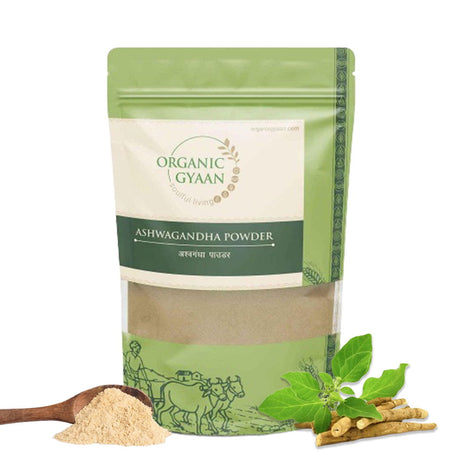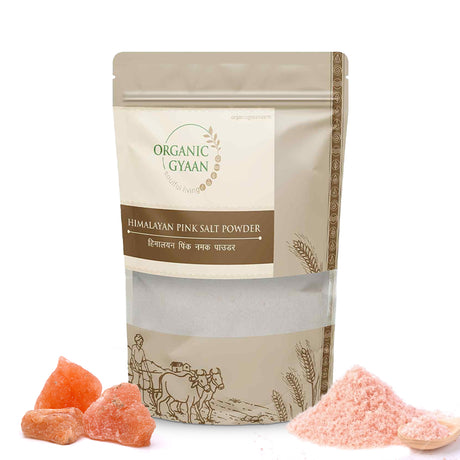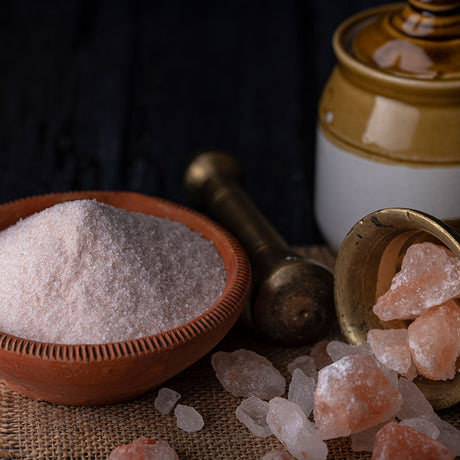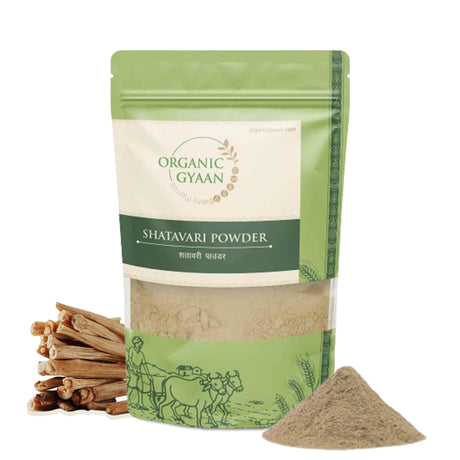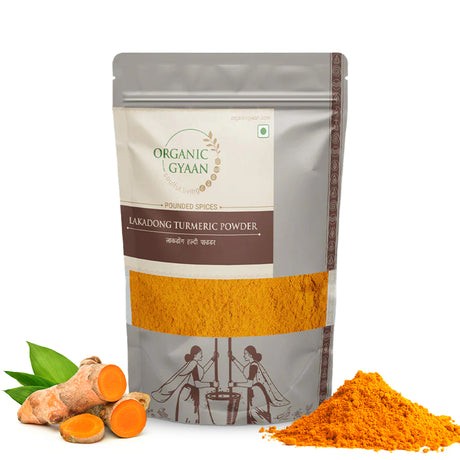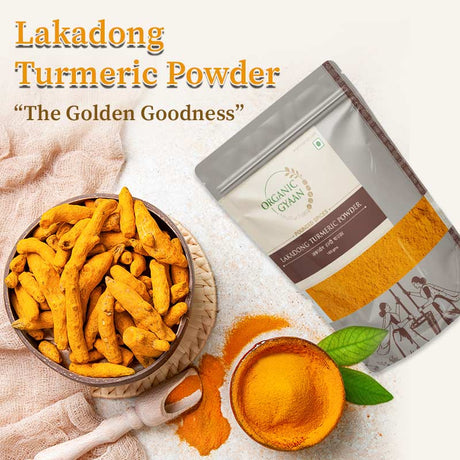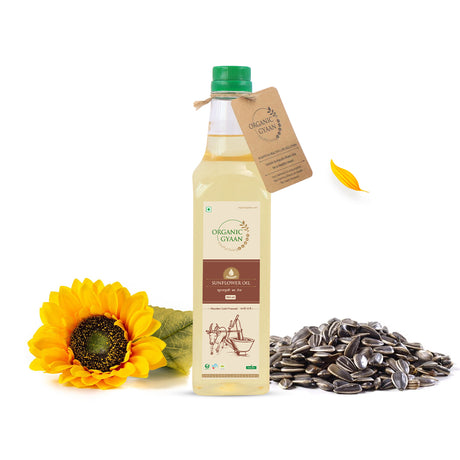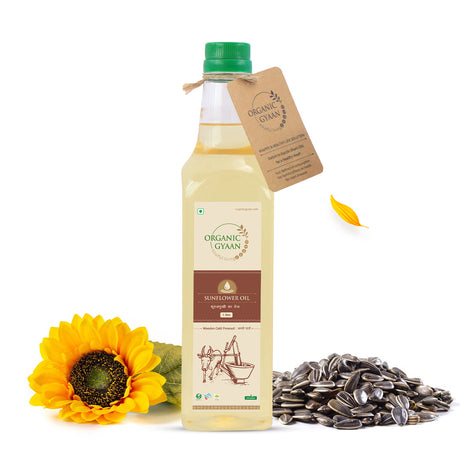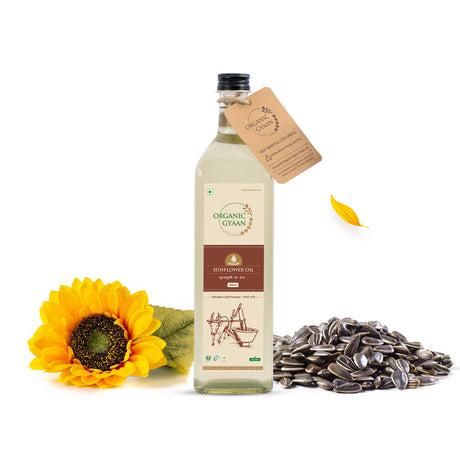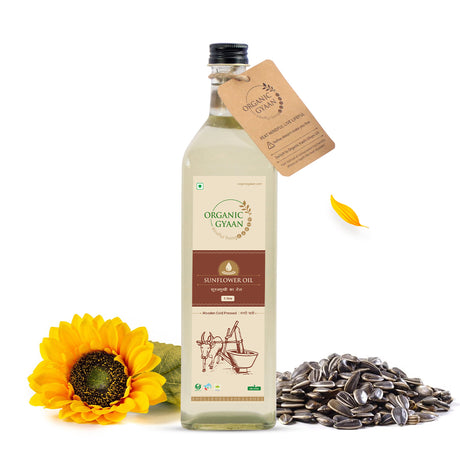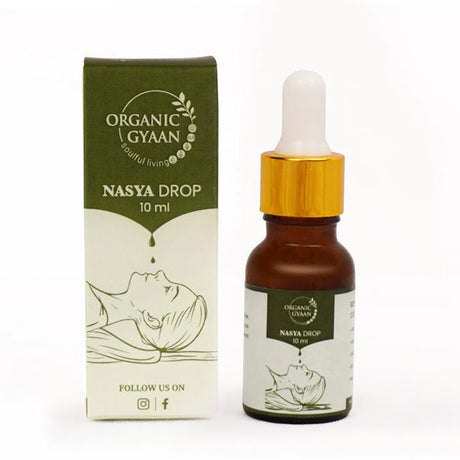Holi, often called the "Festival of Colors," is one of the most loved and celebrated festivals in India. It’s a time filled with joy, togetherness, and vibrant colors. But what makes Holi so special, and why is it celebrated with such enthusiasm across the country? Let’s dive into the origins, traditions, and significance of this beautiful festival.
Introduction
Holi is celebrated every year on the full moon day in the Hindu month of Phalguna, which usually falls in March. It marks the arrival of spring and symbolizes new beginnings, love, and happiness.
Known for its colorful and playful vibe, Holi is not just a festival of fun but also carries deep cultural and mythological significance. People come together to forget past grievances, renew relationships, and celebrate the triumph of good over evil.
It’s also a festival that transcends barriers, bringing together people of all ages, backgrounds, and communities to enjoy a day of unity and joy.
Why is Holi Celebrated?
1. Celebration of the Triumph of Good Over Evil
The story of Holi is rooted in Hindu mythology, particularly the tale of Prahlad and Holika. Prahlad, a devoted follower of Lord Vishnu, was saved from the flames of a bonfire set by his aunt Holika, who tried to harm him. This story symbolizes the victory of good over evil and the power of faith and righteousness.
2. Welcoming Spring and the Harvest Season
Holi marks the arrival of spring, a season of renewal and abundance. It’s also a time to celebrate the harvest and express gratitude for nature’s bounty. Farmers especially look forward to this festival as it signifies prosperity and the start of a new agricultural cycle.
3. Spreading Love, Harmony, and Unity Through Colors
One of the most beautiful aspects of Holi is the use of colors to break down barriers. Blending colors on each other is a symbolic way of saying that we are all the same, no matter our differences. This act spreads love, harmony, and equality, making Holi a festival that brings everyone closer.
Traditional Celebrations:
1. Holika Dahan (Bonfire) Rituals
Holi begins the night before with Holika Dahan, where people light a bonfire to symbolize the burning of evil and the protection of good. Families and communities gather around the fire, pray, and sing traditional songs. It’s a moment to reflect on values like courage, faith, and the triumph of truth.
2. Playing with Colors: Customs and Practices
The next day is all about fun and colors! People use dry powders, water balloons, and water guns to play Holi. Everyone joins in, from children to elders, smearing each other with vibrant hues while laughing and celebrating. Traditional sweets like gujiyas and festive drinks like thandai add to the joy of the day.
Regional Variations:
Holi is celebrated differently across India, with unique traditions in every region:
1. Rang Panchami in Maharashtra
In Maharashtra, Holi celebrations extend to Rang Panchami, a lively festival involving colored water and joyous processions. It’s a community event where people come together to share in the fun.
2. Lathmar Holi in Barsana and Nandgaon
In the towns of Barsana and Nandgaon, Holi takes on a playful twist. Women playfully hit men with sticks in a tradition called Lathmar Holi, inspired by tales of Lord Krishna and Radha. It’s a fun and unique way to celebrate the festival.
3. Basant Utsav in West Bengal
In West Bengal, Holi is combined with Basant Utsav, a spring festival introduced by poet Rabindranath Tagore. People dress in yellow to signify the arrival of spring and celebrate with music, dance, and dry colors in a serene and artistic way.
4. Phoolon ki Holi in Vrindavan
Vrindavan, a town closely associated with Lord Krishna, celebrates Phoolon ki Holi. Instead of colors, flowers are used to play Holi, creating a peaceful and fragrant celebration that is truly unique.
Conclusion
Holi is more than just a festival of colors; it’s a celebration of life, love, and unity. It reminds us of the importance of letting go of negativity, forgiving others, and embracing joy and togetherness.
By celebrating Holi, we honor our traditions, express gratitude for the blessings of spring, and renew our connections with family and friends. Whether it’s through rituals like Holika Dahan, playful Holi colors, or regional variations, the Holi festival continues to bring happiness to millions across India and beyond.
Prepare for this vibrant festival by gathering your loved ones, planning your celebrations, and ensuring you have all the essentials for a safe and joyous Holi!




